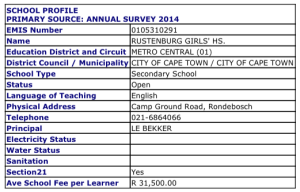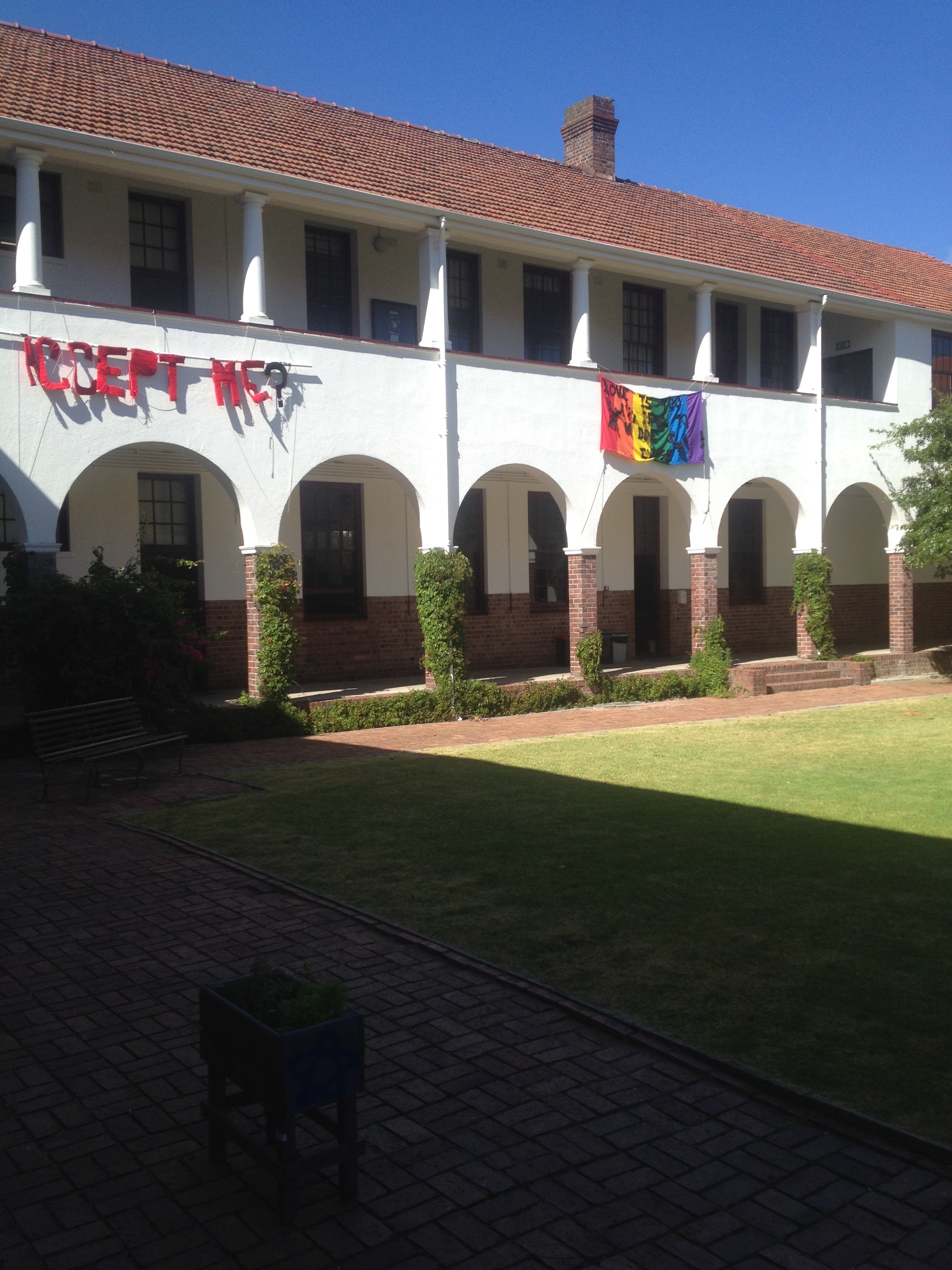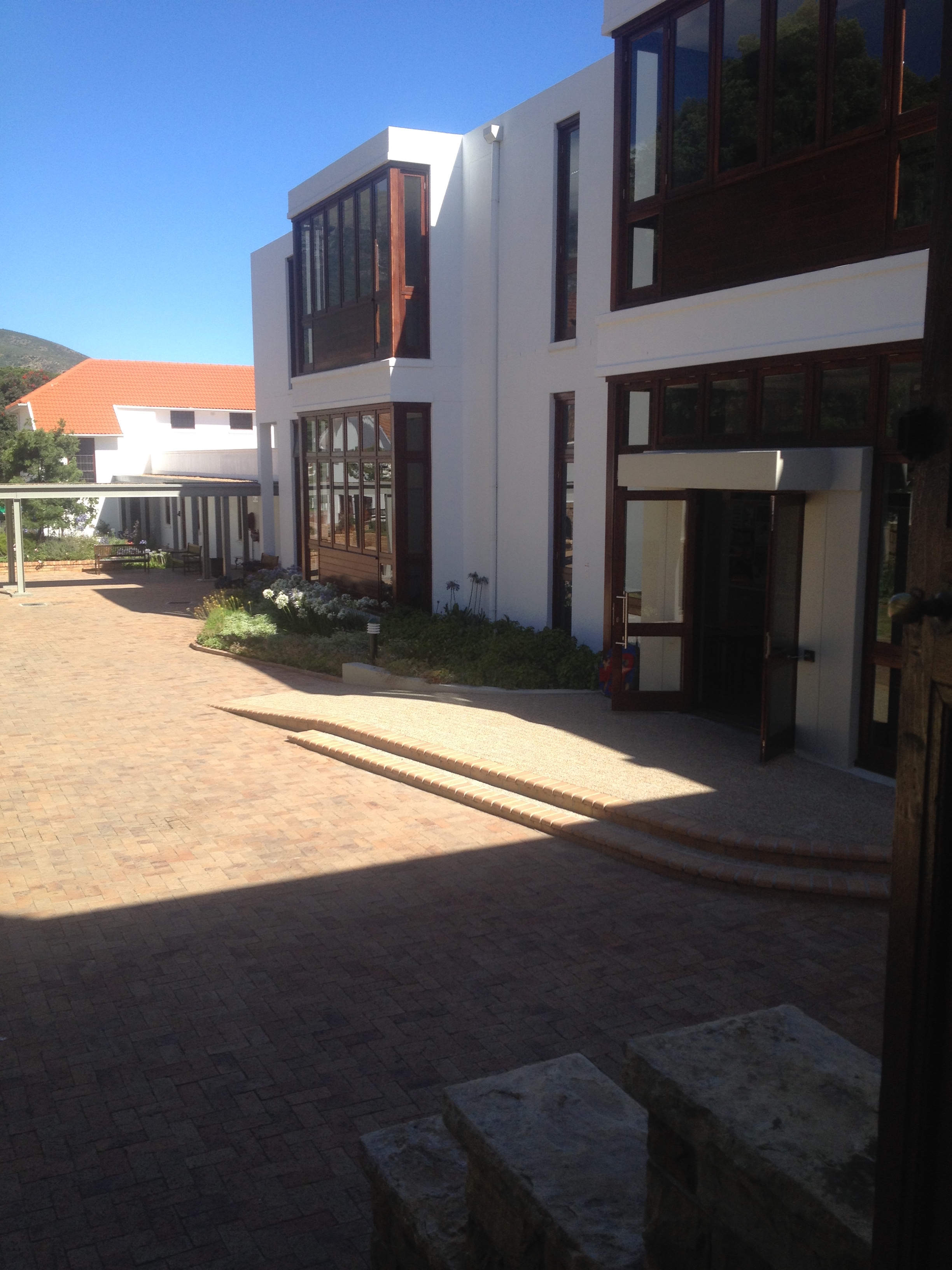Background
Rustenburg Girls High School is located in the suburb of Rondebosch, in Cape Town. The school’s website states that
…Rustenburg strives to create a diverse and challenging learning environment in which the unique potential of each individual is valued and nurtured and a sound balance is maintained between this individuality and answering the demands of the school and wider community in a sensitive and practical manner.
Rustenburg will be 120 years old in 2014, with a current enrolment of just over 800 girls. The staff of 55 full and part-time subject specialist educators ensures academic support of the highest quality in classes of a size conducive to optimal learning.
The 2014 statistics about the school, taken from the Western Cape Education Department’s website, are provided below (click on the image).
The school is an all-girls school, with just over 800 girls on roll. The school is in the process of expanding their numbers, which may explain the difference in grade size between Grade 9 and Grade 10. It seems that, for most learners at the school, English is the mother tongue. In 2014, just under 20% of the girls in Grade 12 took mathematical literacy; for both Grades 10 and 11, the numbers are smaller (in both cases under 10%).
The pictures here, taken on the day we visited, show the main quad and the new maths and science block.
What’s happened so far …
The FaSMEd researchers visited the school on 5th December 2014. We arrived early and took a leisurely walk around the main quad of the school (with permission) before meeting Biddy Cameron at 9:30. She took us up to her classroom, which is in the new maths and science block. Were were joined by Helen Kleynhans and slightly later by Jane Behne.
We began by explaining some of the project background, such as who our European partners are and what the overall aim of the research is (improving teaching and learning in mathematics and science).
To continue, we outlined the key points about the project, explaining in particular what the research involves, what the commitment of the teachers would mean for them and what we need to do about research ethics. We went through the contents of each of the packs we had prepared, showing them the three lessons currently on the toolkit and explaining that most of our tools use ‘active learning’ approaches.
All three teachers agreed to take part and said that although they are experienced teachers, they are open to new ideas.
We observed all three teachers teaching an ordinary lesson to their Grade 10 classes on 27th February. Biddy’s and Helen’s lessons were on the topic of equations with fractions. Jane’s lesson was on the factor theorem. We took observation notes and produced separate reports on each lesson. The teachers were given the reports and invited to comment, but it seems they were happy with the reports.
All the teachers chose to teach the exponents lesson for the research lesson, on 18th and 19th March. Jane added some extension activities to the lesson.
For these lessons, we produced research reports which we have shared with the teachers.
We asked Jane if she would like to teach the time-distance graphs to one of her classes. She said she would do it with both her physics classes. This involved more learners than just the research mathematics class but she obtained appropriate permissions. She taught the lesson over two consecutive days, 25th and 26th March.
We thought Jane and her class would like the lesson we designed for Greg on function notation so asked her if she would like to teach it. She said she would so we sent it to her for her to work through and then came to school on 22nd September when she taught it. She had a double period so we had time at the end to ask the girls for their views on the lesson.


